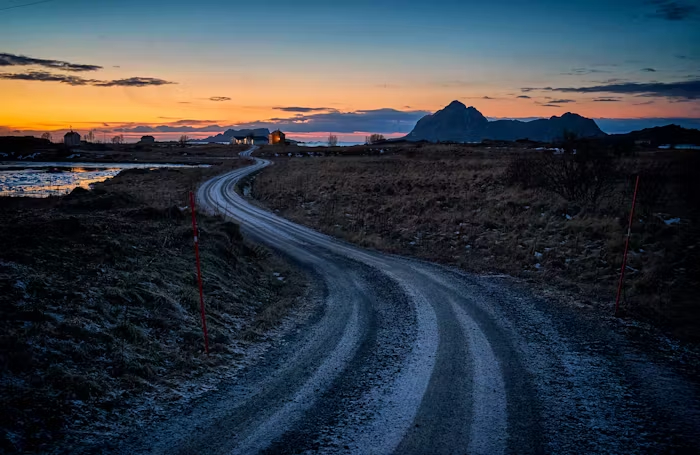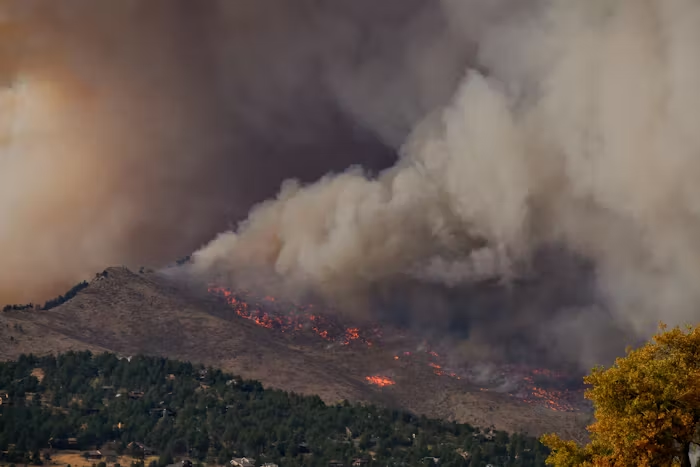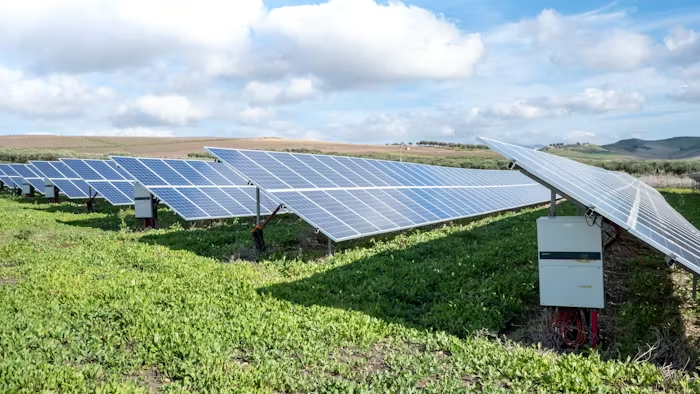Traveling to remote areas offers an unparalleled sense of adventure, serenity, and a chance to connect with untouched natural beauty. From trekking through dense forests to exploring hidden deserts or secluded mountain ranges, venturing into remote locations can be an unforgettable experience. However, such trips come with unique risks, requiring thorough preparation and caution.
In this guide, we’ll explore how to travel safely in remote areas, providing actionable tips, essential gear recommendations, and strategies to ensure your journey is both enjoyable and secure.
Why Travel to Remote Areas?
Before diving into safety tips, let’s discuss the allure of remote destinations.
- Untouched Beauty
Remote areas often remain unspoiled by human intervention, offering breathtaking landscapes and pristine environments. - Unique Experiences
These locations provide a sense of exclusivity and adventure, often accompanied by rare cultural and wildlife encounters. - Escape from Crowds
For those seeking solitude or a break from bustling urban life, remote areas are the ultimate getaway. - Personal Growth
Navigating unfamiliar terrains and overcoming challenges fosters resilience, independence, and confidence.

Understanding the Risks of Traveling to Remote Areas
Traveling to secluded locations can be exhilarating, but it’s essential to recognize and mitigate potential dangers.
- Limited Communication
Remote areas often lack cellular service, making it difficult to call for help in emergencies. - Unpredictable Weather
Sudden changes in weather can pose serious threats, especially in mountainous or desert regions. - Wildlife Encounters
Interactions with wild animals can range from fascinating to dangerous if precautions aren’t taken. - Isolation
Being far from medical facilities or rescue teams means minor incidents can quickly escalate. - Navigation Challenges
Without proper tools, getting lost in unfamiliar terrain is a significant risk.
Essential Safety Tips for Remote Travel
1. Plan and Research Thoroughly
Before heading to a remote destination, gather as much information as possible.
- Research the Area: Understand the geography, weather patterns, and local wildlife.
- Know the Rules: Some remote locations have specific regulations or require permits.
- Identify Landmarks: Familiarize yourself with natural markers or trails to aid navigation.
2. Inform Someone About Your Plans
Always share your itinerary with a trusted person before departing. Include:
- Expected route and stops.
- Estimated return time.
- Emergency contact details.
This ensures someone can alert authorities if you don’t return as planned.
3. Carry Essential Gear
Packing the right equipment can make all the difference. Key items include:
- Navigation Tools: Maps, compass, and GPS device.
- Communication Devices: Satellite phone or personal locator beacon (PLB).
- First Aid Kit: Include supplies for cuts, sprains, insect bites, and basic medical needs.
- Weather-Appropriate Clothing: Layered clothing for cold regions or breathable fabrics for hot climates.
- Portable Shelter: Lightweight tents or emergency bivy sacks.
- Water Filtration System: Purifiers or tablets to ensure access to clean water.
- Emergency Supplies: Firestarter, multi-tool, and signaling devices like whistles or mirrors.
4. Stay Hydrated and Nourished
Dehydration and fatigue can impair judgment, increasing the risk of accidents.
- Water: Carry at least 2–3 liters per day and refill whenever possible.
- Food: Pack calorie-dense snacks like nuts, energy bars, or dried fruits.
- Electrolytes: Use electrolyte tablets or drinks to replenish minerals lost through sweat.
5. Learn Basic Survival Skills
Equip yourself with knowledge that could save your life in an emergency.
- First Aid: Learn CPR, how to treat wounds, and handle heatstroke or hypothermia.
- Fire Building: Practice creating a fire in different conditions.
- Shelter Construction: Know how to build a temporary shelter using natural materials.
6. Be Aware of Your Surroundings
Constant vigilance can prevent many mishaps.
- Watch for Wildlife: Avoid startling animals, and never feed them.
- Monitor Weather: Observe changes in clouds, wind, or temperature.
- Stay on Trails: Straying from marked paths increases the risk of getting lost.
7. Travel With a Group
Solo travel may be thrilling, but exploring remote areas with a companion or group enhances safety. Groups can pool resources, share responsibilities, and assist each other in emergencies.
8. Respect Local Communities
If your journey takes you near indigenous or rural settlements:
- Seek Permission: Some areas may be sacred or restricted.
- Follow Customs: Show respect for local traditions and practices.
- Leave No Trace: Dispose of waste responsibly to preserve the environment.
Preparing for Emergencies
Despite all precautions, emergencies can happen. Here’s how to prepare:
1. Emergency Communication Plan
Invest in a satellite phone or PLB to signal for help. Know how to use these devices before your trip.
2. Learn Rescue Signals
Familiarize yourself with basic distress signals:
- Three Fires: Spaced in a triangle.
- SOS Signal: Using rocks, sticks, or lights to spell “SOS.”
- Whistle Blasts: Three short bursts indicate distress.
3. Know When to Turn Back
Pride can be dangerous in remote areas. If conditions worsen or you feel unwell, it’s better to retreat than push forward.
Top Remote Destinations and Specific Safety Tips
1. Patagonia, South America
- Risks: Harsh winds, unpredictable weather, and isolation.
- Tips: Carry windproof gear and have a detailed route plan.
2. The Sahara Desert, Africa
- Risks: Extreme heat, sandstorms, and limited water sources.
- Tips: Travel during cooler months and hire a local guide.
3. The Himalayas, Asia
- Risks: Altitude sickness, cold temperatures, and treacherous trails.
- Tips: Acclimatize gradually and monitor oxygen levels.
4. Alaska, USA
- Risks: Wildlife encounters and severe weather.
- Tips: Carry bear spray and dress in layers to combat cold.
5. The Australian Outback
- Risks: Scorching heat, limited water, and venomous creatures.
- Tips: Travel early in the day and wear protective footwear.
The Role of Technology in Safe Remote Travel
Modern technology has made remote travel safer than ever. Here are some must-have tools:
1. GPS Devices
Handheld GPS units provide accurate navigation, even in areas without cellular service.
2. Personal Locator Beacons (PLBs)
These devices send emergency distress signals via satellite, enabling rescuers to locate you quickly.
3. Mobile Apps
- Offline Maps: Downloadable maps help you navigate without an internet connection.
- Weather Apps: Provide real-time weather updates.
4. Wearable Tech
Smartwatches with GPS tracking, health monitoring, and SOS features are invaluable in emergencies.
Embrace the Adventure Safely
Traveling to remote areas offers an extraordinary opportunity to connect with nature, challenge yourself, and create unforgettable memories. However, the risks associated with such adventures cannot be ignored.
By planning meticulously, equipping yourself with the right gear, and staying vigilant, you can enjoy the thrill of remote travel without compromising your safety. Whether you’re trekking through uncharted wilderness or camping under a starlit sky, these tips will ensure your journey is as safe as it is memorable.










